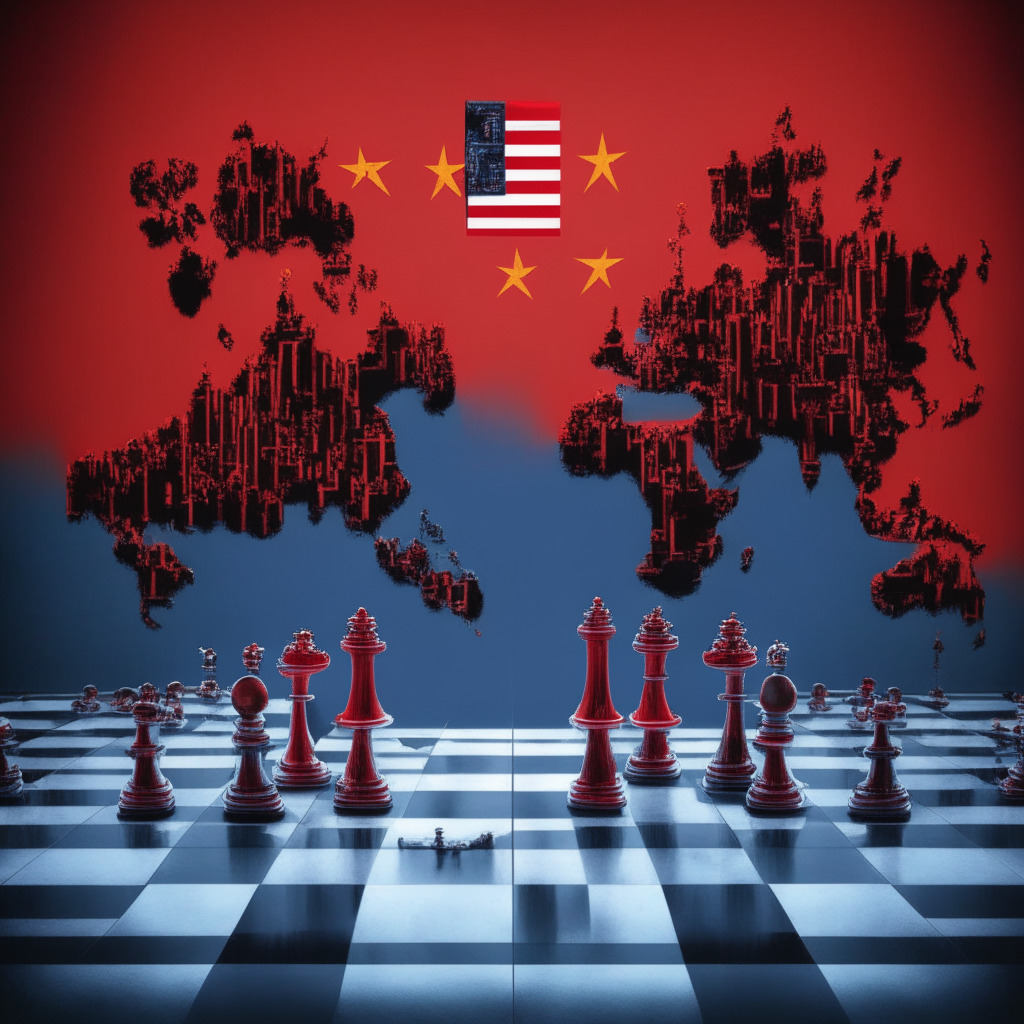In the current era of technological renaissance, the race for supremacy between the United States and China reflects the mounting urgency of adopting crypto on either front. Although China has imposed numerous crypto mining and trading bans in the past ten years, President Xi Jinping’s 2021 statement underscores the escalating competition for technological dominance.
Remarkably, the U.S. doesn’t seem to keep up with blockchain technology as effectively as one might presume. Chinese and Chinese-affiliated crypto exchanges, including the controversial Binance, reportedly handle the majority of global crypto trading volume. Despite Binance CEO Changpeng Zhao’s assertions that Binance doesn’t have Chinese roots, reports indicate that many Chinese citizens are still active within the crypto landscape, including trading on platforms like Binance and Huobi, even post the September 2021 ban.
To add to the strain, Binance is ensnared in a double threat of lawsuits from the U.S’ principal market regulators, potentially ceasing its exchange operations. The allegations range from mishandling customer assets to securities law violations, a murky area that the crypto industry claims demands clearer legal guidelines. Coincidentally, Coinbase also experienced similar allegations from the SEC about listing unregistered securities, and has been considering relocating headquarters to the UK owing to the legal obscurity.
Looking beyond the private markets, one can witness China’s significantly advanced progress with its central bank digital currency (CBDC), initiated by the Chinese Communist Party. The digital yuan pilot has explored territories beyond China, including countries like Peru, Ecuador, and several South American nations.
In contrast, the U.S. Congress has yet to conclude on issuing a CBDC, accompanied by sizeable opposition from the Republican side, including Florida governor and prospective 2024 presidential candidate, Ron DeSantis. A recent international survey among investment advisors showed that U.S investors were considerably less likely to back CBDCs compared to their Chinese counterparts.
Contrary to expectations, despite the infamous crypto mining ban in China in May 2021, China is still responsible for slightly above 21% of Bitcoin’s hash rate, according to Cambridge’s Bitcoin mining map. The United States tops the chart, accommodating 37.84% of the hash rate.
Source: Cryptonews




